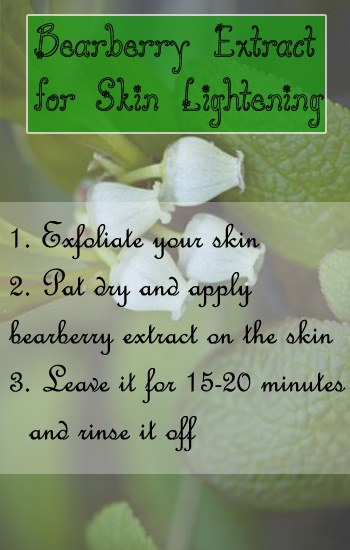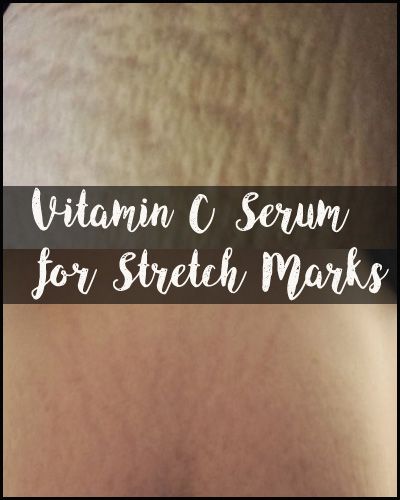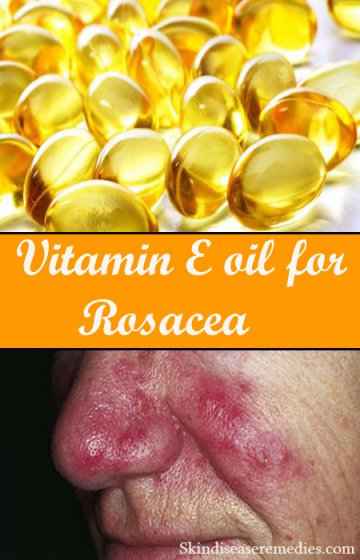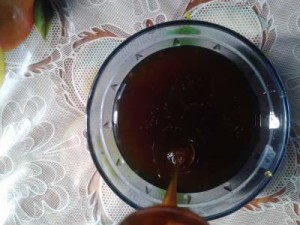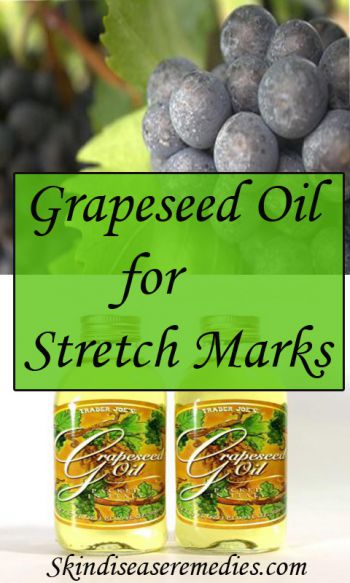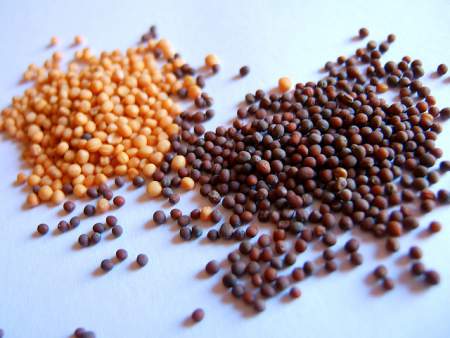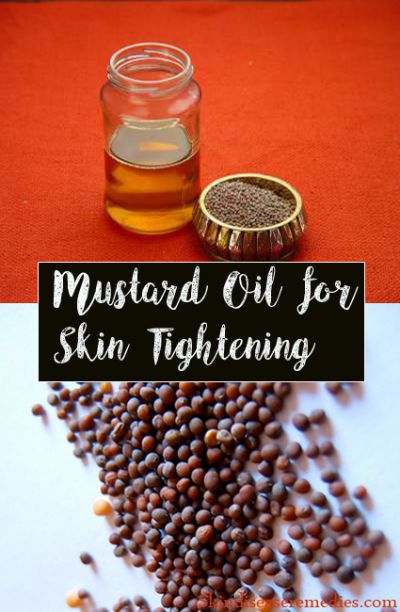With the fall of autumn, you see pumpkins everywhere including online. Though most of them use it for design, pumpkin for skin whitening can enhance your skin texture and restrain infection.
Essential vitamins and nutrients, which your skin needs, are housed in this big sized vegetable.
Everyone yearns to have alluring and glowing face. With media promoting more and more enticing models, women and teenage girls are craving to have that look.
Cosmetic creams though claim to turn your skin fairer magically in weeks, they harm your skin. According to doctors repeated application of beauty creams will strip natural moisture and results in wrinkles.
Jumping to conclusion, natural remedies are effective and are free from side-effects.
Benefits of Pumpkin Face Mask for Skin Whitening
Use of modern gadgets is increasing every day. Repeated exposure to these screens will impact your skin texture and in most cases leave dark spots.
Apart from this, UV rays, internal factors and other impurities pile over the skin resulting in dry dark patches.
Due to external or internal factors, melanin production increases at a particular spot resulting in dark spots and hyperpigmentation.
- Retinoic acid housed in pumpkin face mask will cleanse dead cells and other impurities off the skin.
- Vitamin E repairs damaged skin cells and improve blood circulation.
- Vitamin C, beta-carotene and other nutrients penetrate deep into the skin and lighten dark spots.
- Alpha-hydroxy acid helps to obtain glowing skin and make the skin texture supple.
- Hydrating activity of this natural remedy helps to get rid of dry patches.
- Vitamin C enhances collagen production and improves elasticity of the skin. Thus fading wrinkles and dark spots.
- Antioxidants agents thwart free radicals and fade fine lines. Anti-inflammatory activity reduces inflammation caused by skin ailments.
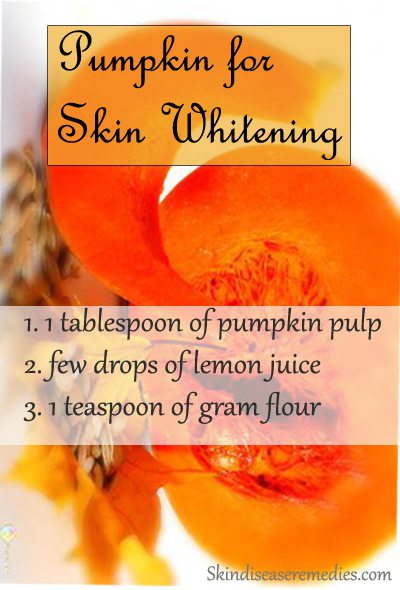
How to Use Pumpkin for Skin Whitening?
Let me disclose you that, natural remedies may take long time to show positive results, but unlike chemical filled creams they don’t make your skin dry. So, you must use the same recipe for few weeks.
#1 Pumpkin and Lemon Juice
Bleaching activity of lemon juice will lighten the appearance of dark spots and pumpkin tightens your skin.
- Take fresh pumpkin and mash into smooth paste.
- Add few drops of lemon juice to it.
- Optionally, add 2-3 vitamin E capsules to the mask.
- Wash the face with water or cleanse it with gram flour mask.
- Pat dry and apply mixed pumpkin face mask on the skin evenly.
- Rinse it off after 15-20 minutes.
#2 Oats and Pumpkin Mask for Skin Whitening
Exceptional property in oatmeal will remove impurities and pollutants accumulated over the skin.
Mix pumpkin pulp and finely grounded oats in a bowl. You can add raw honey to make the face mask more effective.
Wash your face and apply the mask evenly and leave it to dry naturally.
#3 Pumpkin and Gram Flour
I love this face mask recipe because of gram flour. This natural ingredient will cleanse impurities and remove dead skin cells. However, if you’ve dry skin you must apply rosewater after using it.
Mix 1 tablespoon of pumpkin and 2 teaspoon of gram flour in a bowl. Depending on your requirement you can increase or decrease the quantity.
- Wash the face with water and pat dry.
- When the skin is still damp apply this face mask evenly and leave it to dry naturally.
- Place two sliced cucumbers on your eyes, to get that spa feeling.
- After 10-15 minutes rinse it off.
Excellent thing about these home remedies is that you can add or remove ingredients that match your skin type.
Other ingredients like potato, honey, sandalwood powder, papaya, pineapple, yogurt, rice flour, turmeric, apple cider vinegar and almond paste can be included in pumpkin pulp.
Note: Pumpkin for skin whitening works only when you internally supply essential vitamins to your skin by consuming vitamin rich diet and drink enough water.

